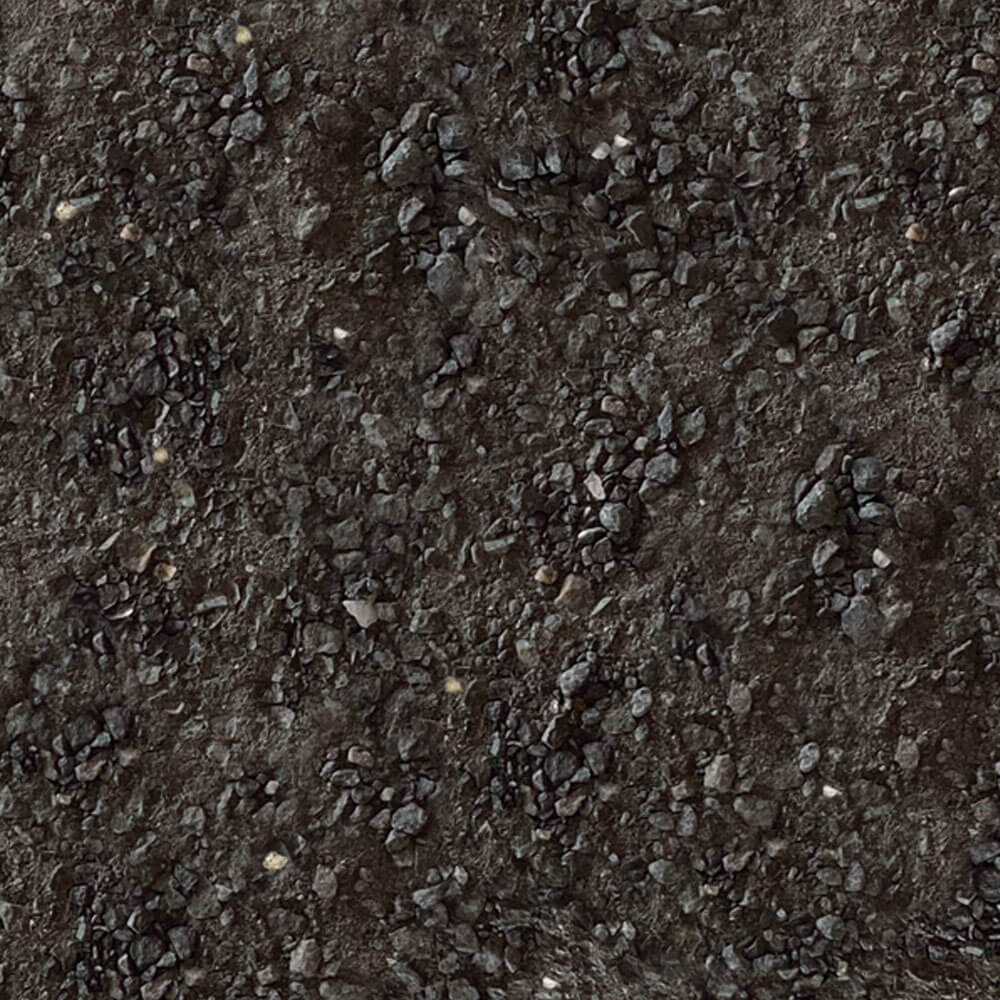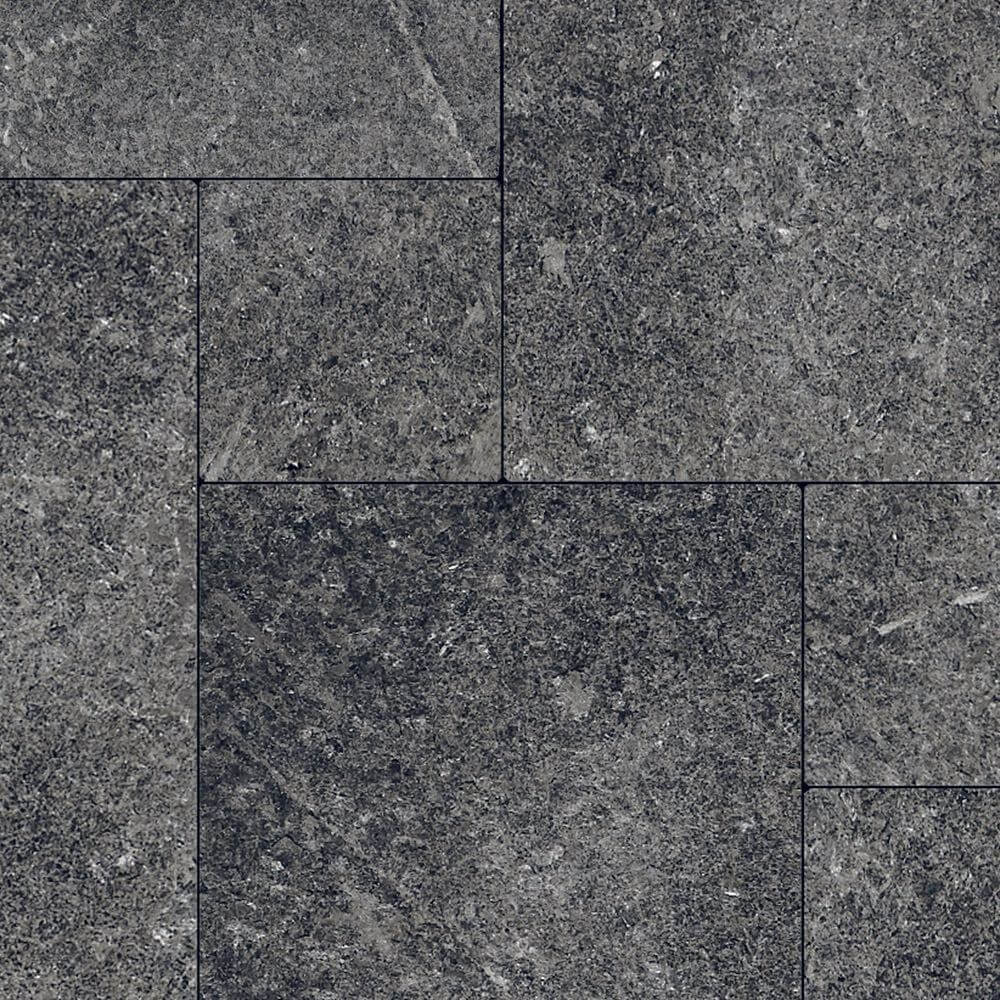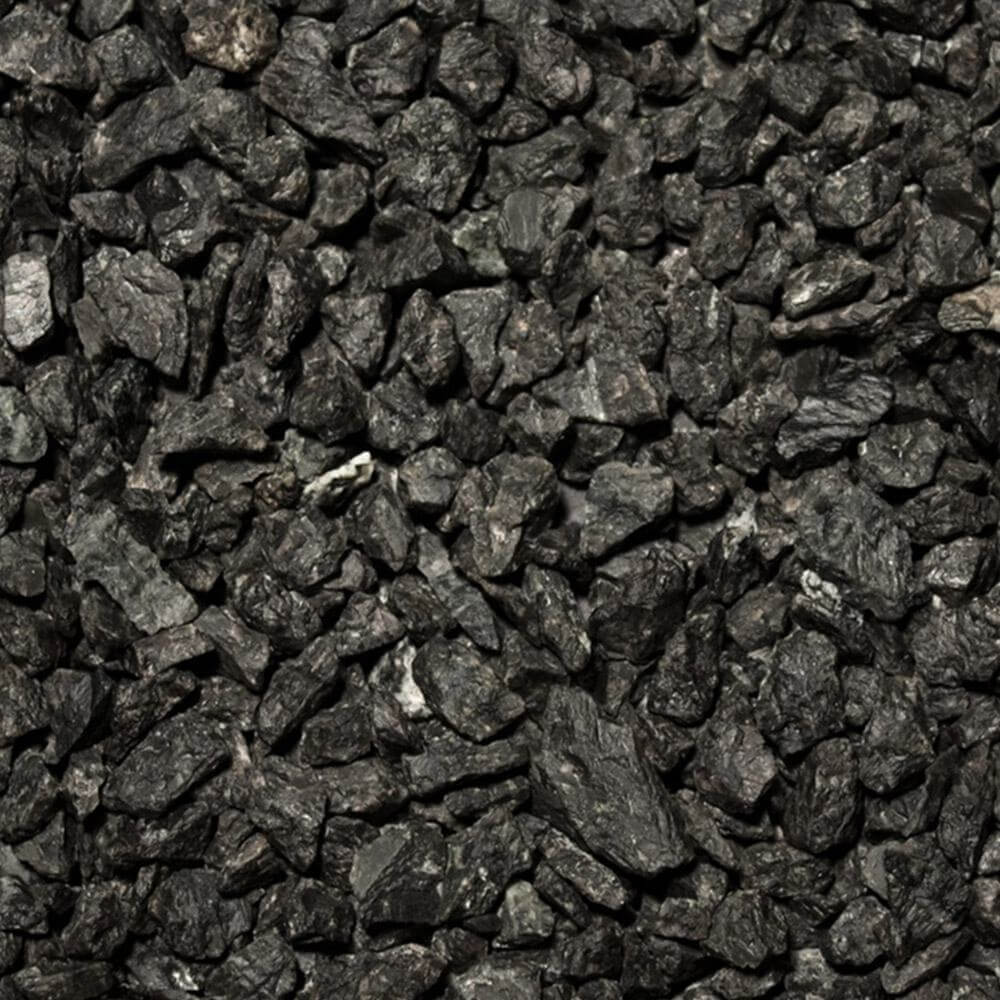Here at Kafka Granite, we’re dedicated to providing high-quality stone products—but that’s not the only thing that makes us an industry leader. Our dedicated team is constantly seeking out colorful new deposits and developing innovative uses for natural stone and products to meet the ongoing needs of our customers. We’re also happy to share our technical knowledge. To that end, we’re diving into the next topic in our quality control series: absorption.
In previous installments, we’ve talked about the overall importance of quality control, dug a little deeper into Mohs hardness, and specific gravity. Now, we’ll be looking at what absorption is, how it’s measured, and why it matters to the end-user.
Why Does Absorption Matter?
Absorption is the percent by weight increase in the mass of a material when water is absorbed into its pores. (This does not include any water adhering to the surface of the material.) This acts as a measure of a stone’s porosity, which can tell us quite a lot about how durable that stone will be for a particular installation.
If you’re wondering exactly why water absorption matters in natural stone products, know that it all comes back to quality control. Different absorption levels determine how well a specific type of stone will withstand weathering and structural stress, and, by extension, how a product can be used. It’s essential that the qualities of a stone match the needs of the application; otherwise, your project simply won’t last.
Absorption capacity is particularly important in natural stone products that will be exposed to the elements and undergo the freeze-thaw cycle. If you’re creating a building facade from natural stone, for example, you’ll need to select an appropriate type of stone—one that is durable and not overly porous. If your material absorbs too much water, you’ll find it much more vulnerable to freezing weather.
As another example, if you’re sourcing decorative aggregates for the face mix of your pavers, you should opt for an aggregate mix with a lower absorption. Continued freeze-thaw cycles and other forces will make aggregates with higher absorption levels more likely to break down over time, eventually compromising the integrity of the paver itself.
Finally, absorption can also tell us about a stone’s stain resistance. To protect the integrity of your installation and reduce the risk of your material becoming stained over time, it’s essential to choose a stone with a low water absorption.
How Do You Test for Water Absorption of Stone?
Water Absorption of Dimension Stone
Dimensional stone sold for commercial use must meet certain criteria across a number of categories, including absorption, specific gravity, and compressive strength.
ASTM International is a non-profit organization that develops both material standards and testing methods for products and materials throughout numerous industries. ASTM C97: Standard Test Methods for Absorption and Bulk Specific Gravity of Dimension Stone is used to test absorption capacity for a variety of types of dimension stone, such as marble and granite.
Here’s a brief look at how the test progresses:
- Five or more test specimens are prepared.
- The samples are dried in an oven for 48 hours to ensure they are completely free of excess moisture.
- When totally dry, the specimens are weighed.
- Next, the samples are submerged in water for another 48 hours to make sure they’ve naturally reached their absorption capacity.
- When completely saturated, the samples are weighed again.
The absorption capacity of each sample is determined by calculating the difference between the fully dry and fully saturated weights. The resulting value, expressed as a percentage, gives us one piece of the puzzle for determining whether a type of stone is appropriate for a specific application.
Along with testing methods, there are ASTM specifications to which natural stone products must adhere. The standard requirement for water absorption in granite, for example, is .4 percent, while marble is .2 percent.
It’s important to note that the absorption capacity of each type of dimension stone is actually a range, rather than one number. Absorption capacity in granite typically ranges from .8 to .01 percent, while marble goes from .8 to .04 percent. This means that a portion of natural stone sold on the market will fall outside of ASTM specifications.
This brings us back to the essential nature of quality control. Remember that the most affordable option may not be the best option for your project—in fact, specifying low-quality natural stone products may actually end up costing you more in repairs and replacements in the long run. If you ever find yourself in doubt, be sure to ask your supplier for proof of ASTM testing.
Water Absorption of Crushed Stone
Our crushed stone is also regularly tested for absorption, Mohs Hardness, and specific gravity. But unlike dimension stone, there is no universal standard for water absorption of aggregate or crushed stone. Instead, organizations or businesses typically have specifications for materials they use in different projects. The Wisconsin Department of Transportation, for example, has a set standard for epoxy overlay aggregates. It’s essential that materials used in projects like high-friction surfacing installation meet these specifications. Otherwise, the aggregate will break down—reducing traction and failing to perform.
To ensure that an aggregate meets the requirements for a particular application, samples are tested according to ASTM standards, such as ASTM C127: Standard Test Method for Relative Density (Specific Gravity) and Absorption of Coarse Aggregate.
The method for testing water absorption in aggregate or crushed stone is similar to that of dimension stone:
- Aggregate samples are first dried to remove any excess moisture.
- Once dry, the oven-dry density of the aggregate is measured.
- Next, the samples are soaked in water for a prescribed period to ensure that they reach maximum absorption capacity.
- Finally, the soaked samples are used to determine the saturated-surface-dry density and absorption.
High-Quality Stone Products From Kafka Granite
When you purchase specialty aggregates or other natural stone products from Kafka Granite, you can rest easy knowing the materials you receive will be of the highest quality. To further demonstrate our commitment to transparency and quality, all test data is available to our customers upon request.
We pride ourselves on our attention to detail and continuous pursuit of excellence—and we’re always happy to discuss your newest project. If you have any questions about our range of products or specifications, feel free to contact us today.



